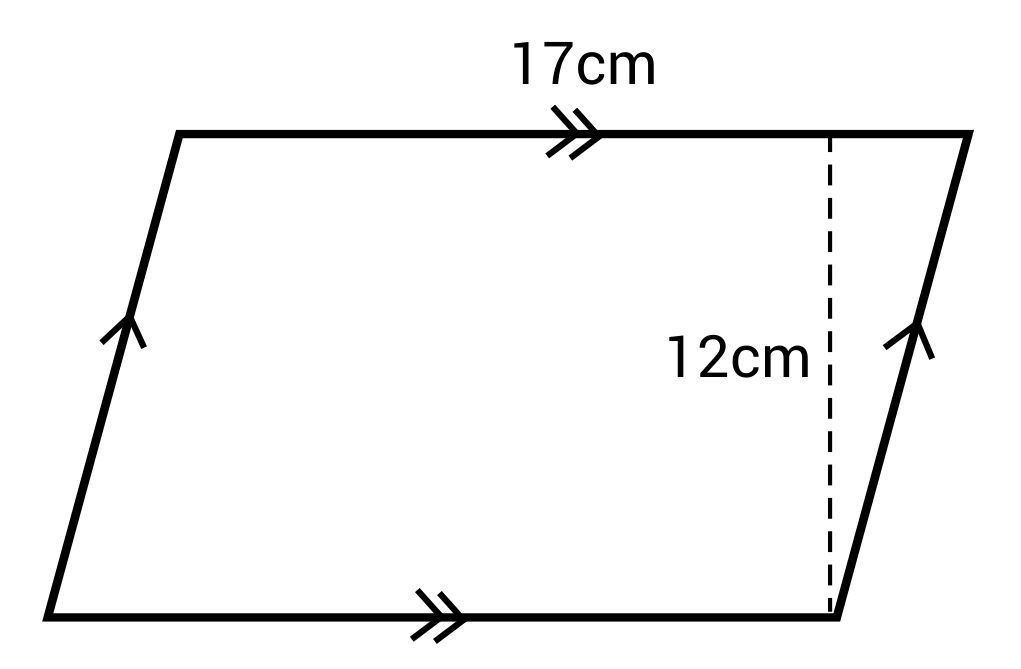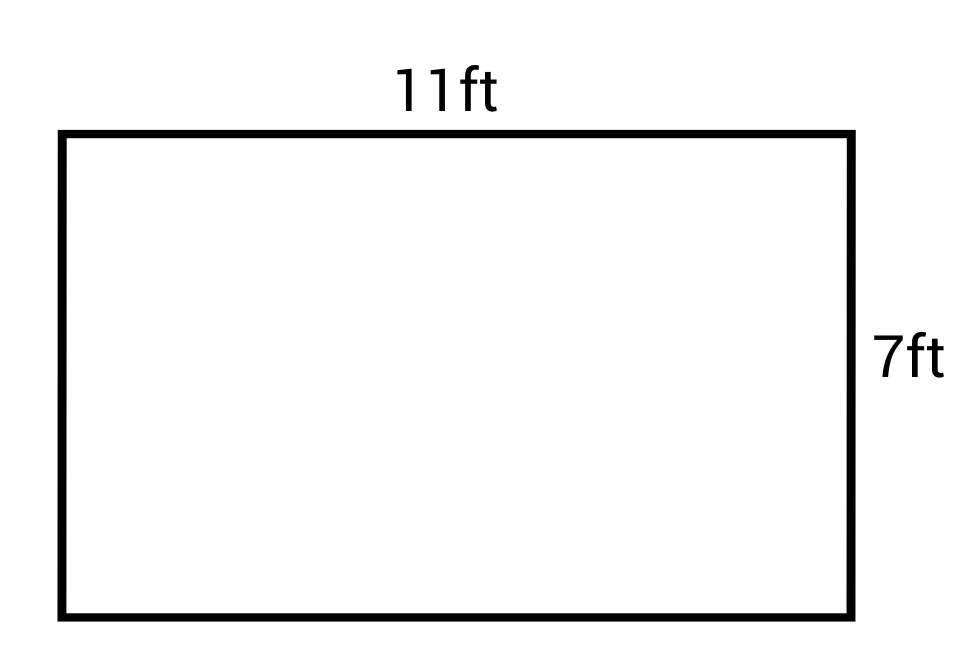
Welcome to this video lesson on common quadrilaterals.
Today, we will go over parallelograms, rectangles, and squares.
Parallelogram: A parallelogram is a quadrilateral where all opposite sides are parallel and of equal length, and all opposite angles are equal.
To find the area of a parallelogram, multiply the length of of the sides, and multiply it by the height. In this case: \(x \times h = \text{area}\).
Rectangle: A rectangle is a quadrilateral where all angles are equal to 90º, and all opposite sides are of equal length. The area of a rectangle is very easy to find, just like a parallelogram, height times width, in this case, \(x \times y\).
Square: A square is a quadrilateral where all side lengths and angle measures are equal. Since all sides are equal, finding the area is simply a matter of multiplying any side by itself.
I hope that helps. Thanks for watching this video lesson, and until next time, happy studying.
Parallelogram Practice Questions
Which of the following is not part of the definition of a parallelogram?
The correct answer is all angles are right angles. The definition of a parallelogram is, a quadrilateral where all opposite sides are parallel and of equal length, and all opposite angles are equal.
What is the area of this parallelogram?

The correct answer is 204 cm2. The formula of a parallelogram is:
\(A=bh\)
The base (b) is 17 cm and the height (h) is 12 cm.
\(A=(170)(12)=204\text{ cm}^2\)
The area of this parallelogram is 204 cm2.
“A quadrilateral where all side lengths and angle measures are equal” is the definition of what shape?
The correct answer is a square. This is the exact definition of a square. It has all equal sides and all equal angles.
What is the area of a square with a side length of 4 in?
The correct answer is 16 in2. The formula for area of a square is:
\(A=s^2\)
The length of the side (s) is 4 in.
\(A=(4)^2=16\text{ in}^2\)
The area of this square is 16 square inches.
What is the area of this rectangle?

The correct answer is 77 ft2. The formula for area of a rectangle is:
\(A=lw\)
The length (l) is 17 ft and the width (w) is 7 ft.
\(A=(11)(7)=77\text{ ft}^2\)
The area of this rectangle is 77 square inches.